
|
Scooped by
Kent College History
onto Year 9: World Wars; Nazi Germany February 6, 2022 7:15 AM
|
Follow, research and publish the best content
Get Started for FREE
Sign up with Facebook Sign up with X
I don't have a Facebook or a X account
Already have an account: Login
 Your new post is loading... Your new post is loading...
|
|





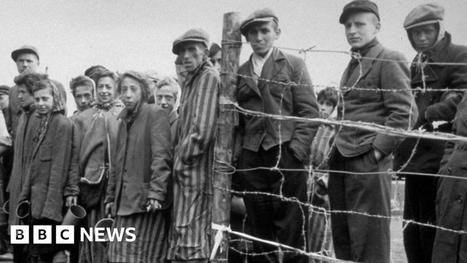
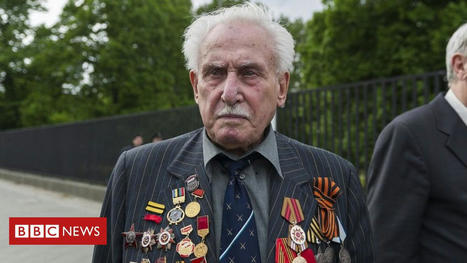
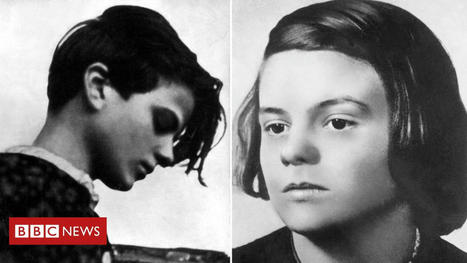
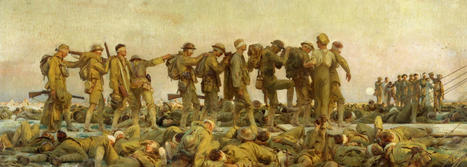
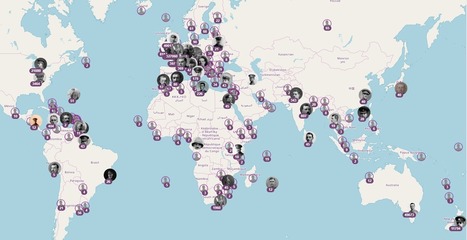
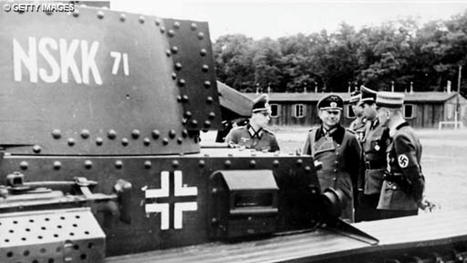
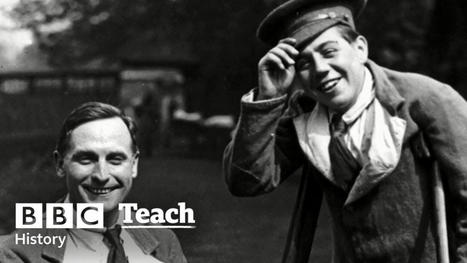
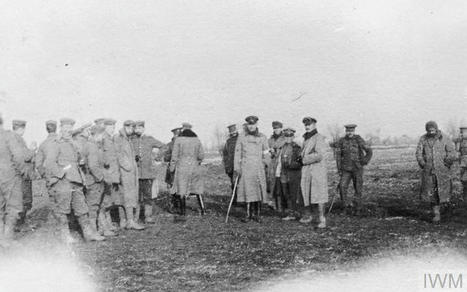






Mat McLachlan explores key sites from one of the bloodiest battles of the First World War, the Battle of the Somme.